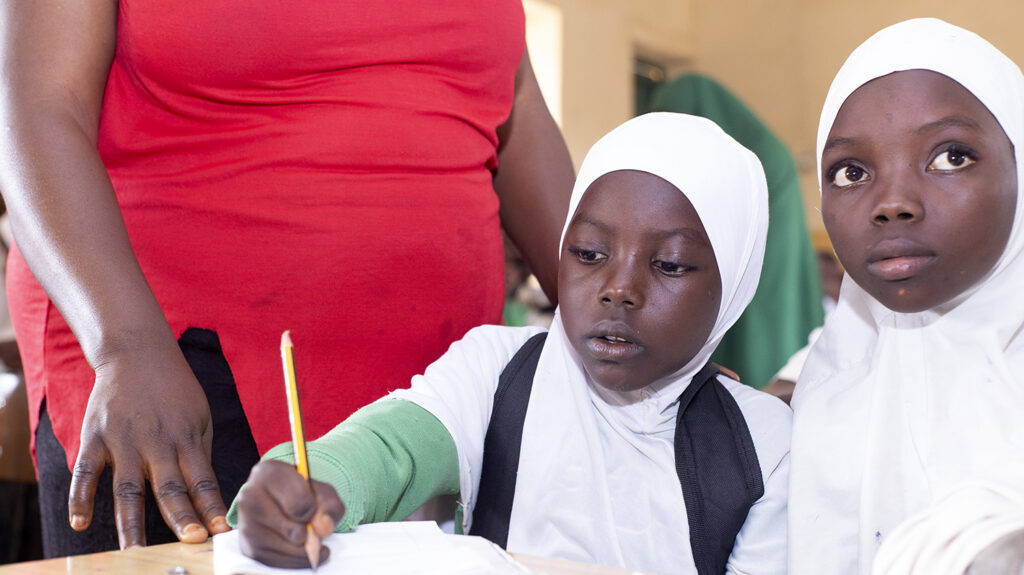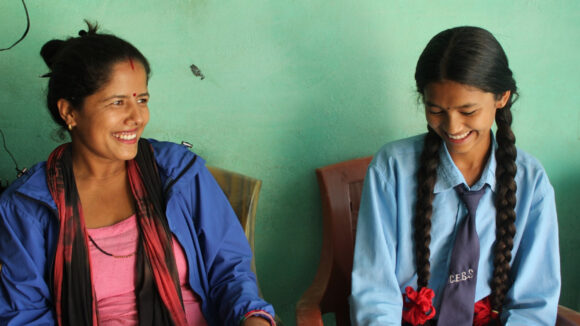Here’s how we ensure women and girls with disabilities are meaningfully involved in development programmes.
Reaching women and girls with disabilities
Worldwide, women and girls with disabilities face double discrimination on the basis of their gender and disability.
When it comes to accessing education, employment and health, and taking part in decision-making, they face additional barriers compared to women without disabilities. They also face increased risks of violence, exploitation and abuse, including coerced contraception, sterilisation and abortion.
Within the development and humanitarian sectors, there is an increased focus on ‘gender mainstreaming’ – ensuring women and girls benefit equitably from programmes, and that inequalities are not perpetuated. As part of these efforts, extra steps must be taken to ensure that women and girls with disabilities are meaningfully involved in projects and are not left behind. Too often they are missed in projects targeting either women or people with disabilities – as these often focus more on men.
Unless women and girls with disabilities are consulted and included, the targets to achieve universal health coverage and the Sustainable Development Goals will not be met.
Why is inclusive gender mainstreaming important?

According to UN Women, gender mainstreaming is ‘a strategy for making women’s concerns and experiences an integral part of the design, implementation, monitoring and evaluation of policies and programmes, so that women and men benefit equally.’ If a programme doesn’t take the experiences and views of women and girls with disabilities into account, it’s not inclusive.
Practical steps to ensure women and girls with disabilities are included
Ensure meaningful participation of women and girls with disabilities at every stage, from project design to evaluation.
Support women-focused organisations of persons with disabilities (OPDs), and women leaders in OPDs to advocate for the needs of women and girls with disabilities.
Collect quantitative and qualitative data about who is in your project population, and barriers to their participation – including those related to gender and disability.
Incorporate inclusive and accessible social and behaviour change approaches into your work, to address stigma at community level and create supportive environments.
Anticipate, plan and address the heightened risks and vulnerabilities for women and girls with disabilities and identify inclusive and safe spaces to ensure safeguarding in development and humanitarian projects.
Across all our programmes, we ensure that women and girls with disabilities can access the health, education and livelihood opportunities we support. We design our projects to respond to the specific challenges women and girls with disabilities face.

What we’ve learned
Find out more about what works to meaningfully include women and girls with disabilities in development and humanitarian projects.
Read the PDF